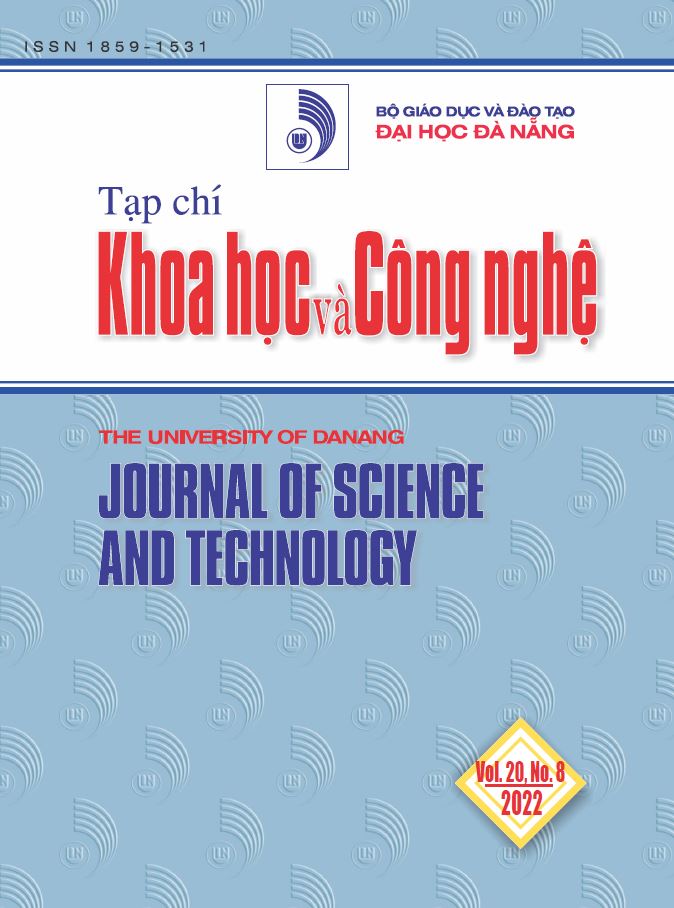Ảnh hưởng của sự phức tạp công ty đến quyết định phát hành cổ phiếu bổ sung
 Tóm tắt: 262
Tóm tắt: 262
 |
|  PDF: 187
PDF: 187 
##plugins.themes.academic_pro.article.main##
Author
-
Hoàng Dương Việt AnhTrường Đại học Kinh tế - Đại học Đà NẵngĐặng Hữu MẫnTrường Đại học Kinh tế - Đại học Đà NẵngNgô Thị Minh ChâuTrường Đại học Kinh tế - Đại học Đà Nẵng
Từ khóa:
Tóm tắt
Dựa trên mẫu toàn diện của các công ty phát hành cổ phiếu bổ sung (SEOs) của Hoa Kỳ trong giai đoạn 2005 - 2017, bài viết nghiên cứu ảnh hưởng của sự phức tạp công ty đối với các hình thức phát hành cổ phiếu bổ sung. Kết quả ước lượng cho thấy các công ty có sự phức tạp cao có xu hướng hạn chế lựa chọn hình thức phát hành nhanh thay vào đó là các hình thức mua đứt bán đoạn, phát hành riêng lẻ, hay phát hành quyền mua cổ phiếu. Tại các công ty này, sự bất đối xứng thông tin sẽ cao hơn và sự minh bạch thông tin thấp hơn, nên nhà đầu tư cần nhiều thời gian để nghiên cứu và ra quyết định. Vì vậy, các hình thức phát hành mua đứt bán đoạn, phát hành riêng lẻ và phát hành chứng quyền được ưa thích hơn. Ngược lại, các công ty đơn giản hơn sẽ có xu hướng lựa chọn phương thức phát hành nhanh, điều này giúp công ty huy động vốn nhanh chóng, tiết kiệm thời gian và chi phí.
Tài liệu tham khảo
-
[1] Krause, T., Sondershaus, T. & Tonzer, L, “Complexity and bank risk during the financial crisis”, Economics Letters, 150, 2017, 118-121.
[2] Acharya, V. V., Hasan, I. & Saunders, A., “Should banks be diversified? Evidence from individual bank loan portfolios”, The Journal of Business, 79 (3), 2006, 1355 – 1412.
[3] Cetorelli, N., Mandel, B.H. & Mollineaux L., “The Evolution of Banks and Financial Intermediation: Framing the Analysis”. FRBNY Economic Policy Review, 18(2), 2012, 1–12.
[4] Cetorelli, N., McAndrews, J. & Traina, J., “Evolution in Bank Complexity”, FRBNY Economic Policy Review, 2014, 85 – 106.
[5] Baule, R., “Allocation of risk capital on an internal market”, European Journal of Operational Research, 234 (1), 2014, 186-196.
[6] Myers, S.C., “The capital structure puzzle”, Journal of Finance, 39, 1984, 574-592.
[7] Myers, S.C., & Majluf, N.S., “Corporate financing and investment decisions when firms have information that investors do not have”, Journal of Financial Economics, 13, 1984, 187-221.
[8] Chan, Y.C., Saffar, W., & Wei, K. C. J., “How economic policy uncertainty affects the cost of raising equity capital: Evidence from seasoned equity offerings”, Journal of Financial Stability, 53, 2021,
[9] Bortolotti, B., W. Megginson, & Smart, S.B., “The rise of accelerated seasoned equity underwritings”, Journal of Applied Corporate Finance, 20, 2008, 35-57.
[10] Bushman, R., Chen, Q., Engel, E. & Smith, A., “Financial accounting information, organizational complexity and corporate governance systems”, Journal of Accounting and Economics, 2003, 167-201.
[11] You, H., & Zhang, X., “Financial reporting complexity and investor underreaction to 10-K information”, Review of Accounting Studies, 14(4), 2008, 559–586.
[12] Loughran T., & McDonald, B., “Measuring Readability in Financial Disclosures”, The Journal of Finance, 69(4), 2014, 1643–1671.
[13] Loughran, T., & McDonald, B. “Measuring Firm Complexity”, SSRN, 2019, https://ssrn.com/abstract=3645372 or http://dx.doi.org/10.2139/ssrn.3645372, 01-02-2022.
[14] Ball, R., & Shivakumar, L., “Earnings quality at initial public offerings”, Journal of Accounting and Economics, 45, 2008, 324-349.
[15] Cecchini, M., S. Jackson, & Liu, X., “Do initial public offering firms manage accruals? Evidence from individual accounts”, Review of Accounting Studies, 17, 2012, 22-40.
[16] Armstrong, C.S., G. Foster, & Taylor D., “Abnormal accruals in newly public companies: Opportunistic misreporting or economic activity?”, Management Science, 62, 2016, 1316-1338.
[17] Gao, X., & Ritter, J., “The marketing of seasoned equity offerings”, Journal of Financial Economics, 97, 2010, 33-52.
[18] Puwanenthiren, P., M. Dang, D. Henry, D., P. Puwanenthiren, & Mamun, M.A., “Does managerial ability matter for the choice of seasoned equity offerings?” North American Journal of Economics and Finance, 47, 2018, 442-460.
[19] Eckbo, B.E., R.W. Masulis, & Norli, O., “Seasoned public offerings: Resolution of the ‘new issues puzzle’”, Journal of Financial Economics, 56, 2000, 251-291.
[20] Koerniadi, H., C. Krishnamurti, S.T. Lau, A. Tourani-Rad, & Yang, T., “The role of internal and external certification mechanisms in seasoned equity offerings”, Journal of Multinational Financial Management, 30, 2015, 110-127.
[21] Massa, M., Vermaelen, T., & Xu, M., Right offerings, trading and regulation: A global perspective, The London School of Economics and Political Science, 2013.
[22] Wu, Y., “The choice of equity-selling mechanims”, Journal of Financial Economics, 74, 2004, 93-119.
[23] Slovin, M.B., Sushka, M.E. & Lai, K.W.L., “Alternative flotation methods, adverse selection, and ownership structure: evidence from seasoned equity issuance in the U.K”, Journal of Financial Economics, 57 (2), 2000, 157-190.
[24] Barclay, M. J., Holderness, C. G., & Sheehan, D. P., “Private placements and managerial entrenchment”, Journal of Corporate Finance, 13(4), 2007, 461–484.
[25] Hertzel, M., & Smith, R. L., “Market Discounts and Shareholder Gains for Placing Equity Privately”, The Journal of Finance, 48(2), 1993,
[26] Dang, M., Puwanenthiren, M., Truong, C., Henry, D., & Vo, X.V., “Audit quality and seasoned equity offerings methods”, International Review of Financial Analysis, 83, 2022,
[27] Chang, X., S. Dasgupta, & Hilary, G., “The effect of auditor quality on financing decisions”, The Accounting Review, 84, 2009, 1085-1117.
[28] Autore, D.M., I. Hutton, & Kovacs, T., “Accelerated equity offers and firm quality”, European Financial Management, 17, 2011, 835-859.
[29] Petersen, M. A., “Estimating Standard Errors in Finance Panel Data Sets: Comparing Approaches”, The Review of Financial Studies, 22 (1), 2009, 435–480.



